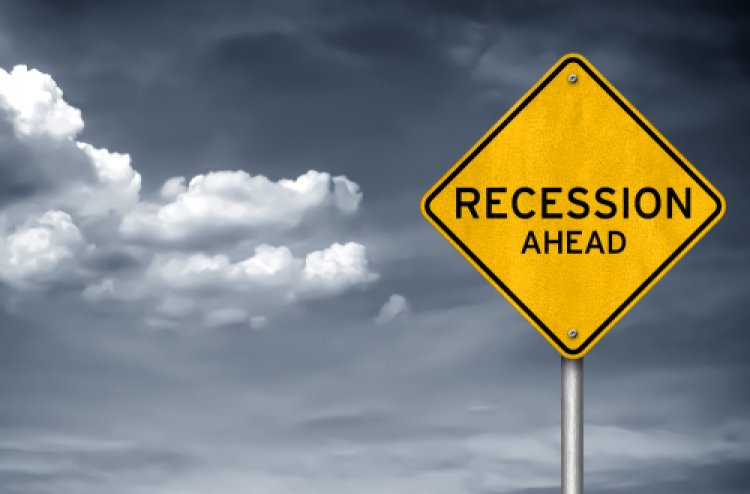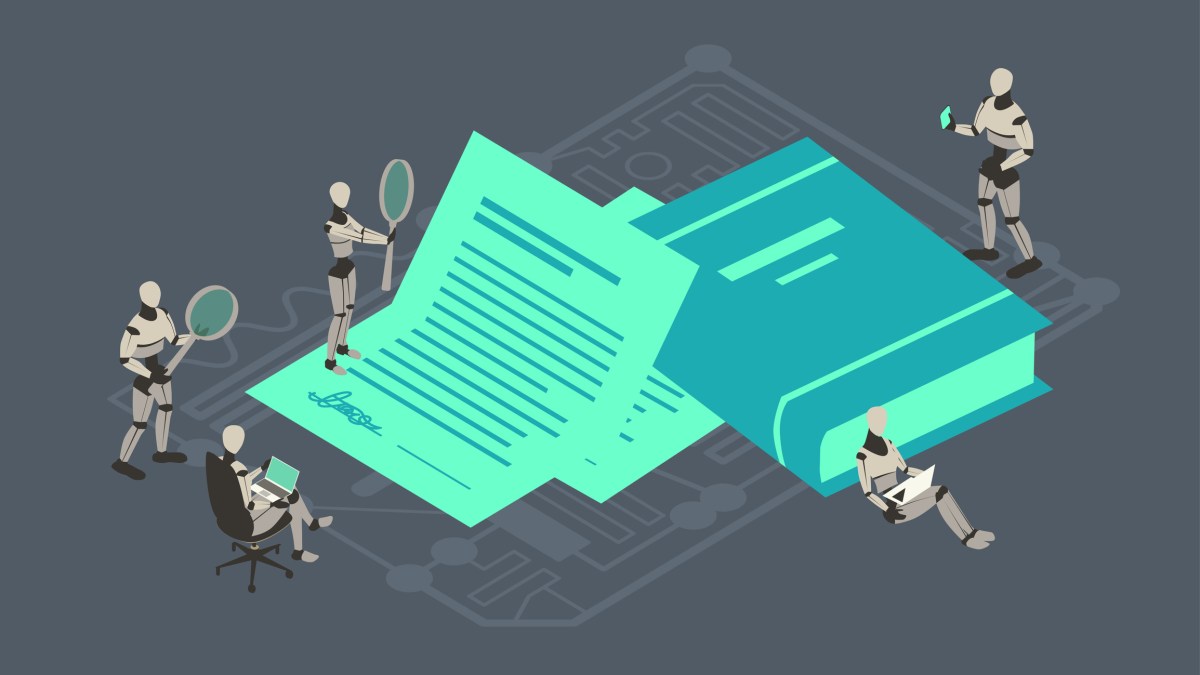As Biden Touts Gas Price Drop As Good News, Is It Really Another Sign Of Impending Recession?
GM, along with EVgo and one of the country’s biggest gas-station and rest-stop operators, plans to install 2,000 EV chargers in 50-mile intervals along US highways. Driver anxiety around battery range and charging remain one of the most stubborn barriers facing EVs. GM is working with EVgo to install 3,250 chargers in towns and cities across America.


Biden, who faces strong political headwinds amid 40-year high inflation and skyrocketing gas prices heading into November’s midterm elections, delivered the remarks on his sixth visit to Ohio since taking office in a bid to woo blue-collar union voters frustrated by the country’s economic woes.
“We made incredible progress on the economy from where we were a year and a half ago,” Biden told a room full of ironworkers at a union training center in Cleveland, arguing that the disruptions to world oil and food markets caused by Russia’s invasion of Ukraine were the primary culprit behind rising prices.
Biden’s claims are quite dubious when looking at a range of statistics that seem to indicate just the opposite of his claims. Gasoline consumption is another anecdotal evidence that, not only on a short-term basis but also on a longer structural basis. America is on an increasingly negative economic path, especially under Biden’s economic policies.
For gasoline consumption, what is interesting is the comparison of pre and post-Covid. Looking at the 2018-2019 pre-Covid driving season vs. the 2021-2022 post-Covid, the decline in gasoline consumption is startling. On a more current basis, at the height of the driving season, it has taken a sudden drop.
In the week through July 8, gasoline consumption plunged by 9.7% to 8.73 million barrels per day, on a four-week moving average, according to EIA data. The EIA measures gasoline consumption in terms of barrels supplied to the market by refiners, blenders, etc., and not by retail sales at gas stations. This was the steepest decline yet so far this year. See this in the chart below and learn more here.
The no-growth nature of gasoline consumption in the US became clear after the Financial Crisis. The oil industry has figured this out too. Investment in refineries has stalled. Oil industry executives have explained it many times – you just don’t invest massively in an industry with declining domestic demand. And they’ve been ramping up exports of gasoline.
The industry is trying to manage the decline in gasoline consumption over the next decades by not investing in refining capacity. Whatever the politics of this may be amid these price spikes – with silly media pundits yelling at oil companies to invest more in refineries – this long-term chart shows that refining capacity is not the cause of the price spike, as consumption hadn’t gone anywhere since 2007, and has now plunged to levels first seen in July 1999 – see this in the chart below.
President Biden is accusing gas stations of profiteering from high oil prices, and at least four California cities have banned new stations. But most gas stations aren’t owned by big multinational corporations, and the ups and downs of fuel prices are likely cutting into many of their bottom lines.
The number of gas stations has been in steady decline for decades, and the volatility in gas prices – along with the rising popularity of electric vehicles – will squeeze them even further. See this in the chart below and learn more here.
 GM, along with EVgo and one of the country’s biggest gas-station and rest-stop operators, plans to install 2,000 EV chargers in 50-mile intervals along US highways. Driver anxiety around battery range and charging remain one of the most stubborn barriers facing EVs. GM is working with EVgo to install 3,250 chargers in towns and cities across America.
GM, along with EVgo and one of the country’s biggest gas-station and rest-stop operators, plans to install 2,000 EV chargers in 50-mile intervals along US highways. Driver anxiety around battery range and charging remain one of the most stubborn barriers facing EVs. GM is working with EVgo to install 3,250 chargers in towns and cities across America.
Although most electric vehicle charging is conveniently done overnight with home chargers, the investments needed for public access to the charging infrastructure will be substantial. The associated 2021–2030 charging investments are $28 billion for public and workplace chargers, including $15 billion for charger installation labor. See this in the chart below and learn more here.
 So what can we postulate from all this information? Consider the following.
So what can we postulate from all this information? Consider the following.
- Since recent Fed interest rate hikes, GDP is starting to fall precipitous. The recent fall in gasoline consumption seems to confirm these declining GDP statistics.
- Despite comments from the Biden administration, America has yet to recover fully from Covid economically – gasoline consumption in recent years confirms this assertion.
- Since the 2008 Great Recession, America has been in growth stagnation – learn more here. Long-term historical gasoline consumption confirms this assertion.
- Some may believe that new EV technology that is replacing older gasoline technology can at least partly explain the decline in recent gasoline consumption statistics. However, EV technology has yet to really make a huge impact on gasoline consumption. If gasoline consumption declines are economic structural problems, the EV promises of the future may become problematic as well.
- With EV charging stations on the rise and the decline of gas stations, no doubt that “on-the-road” infrastructure in America is about to change – for the good or bad, we shall see.
Whether you agree or disagree, gasoline consumption is additional anecdotal evidence that the Great Reset is currently fully engaged.
By Tom Williams at Right Wire Report
Enjoy HUGE savings at My Pillow with promo code BSC
The views and opinions expressed in this article are solely those of the author and do not necessarily represent those of The Blue State Conservative. The BSC is not responsible for, and does not verify the accuracy of, any information presented.
Notice: This article may contain commentary that reflects the author’s opinion.

















:quality(85):upscale()/2025/02/03/788/n/1922283/010b439467a1031f886f32.95387981_.jpg)




